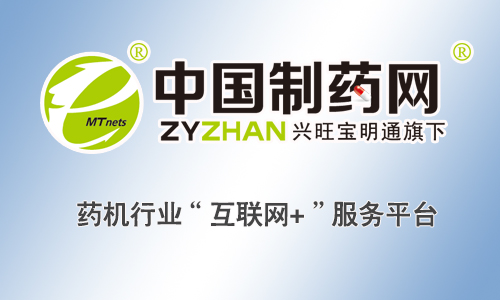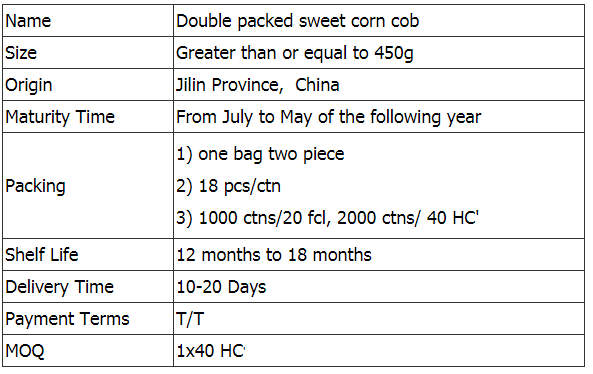
Recently, a study from the University of Hamburg Medical Center in Germany published a new type of biomolecule called nanobody or miniantibodies that blocks inflammation and alleviates pain in mice, which researchers believe Techniques may become a new strategy for the treatment of inflammatory diseases. The study was published in the November 23 issue of ScienceTranslational Medicine.
In mouse experiments, Nanobodies appear to be more effective in controlling inflammation than conventional antibodies or commonly used anti-inflammatory drugs. Researchers say nanobodies may be a new way to treat chronic pain, inflammatory bowel disease, multiple sclerosis and other inflammatory diseases in the future. The team also tested these Nanobodies in human blood samples. They found that nanobodies were 1000 times more potent than similar small molecule drugs that blocked the release of inflammatory factors.
Inflammation is an important part of the body's immune system. It is a defense response of the body to external damage stimuli, in which the body releases white blood cells and other molecules to repair damaged tissue or prevent external pathogens from invading.
However, long-term or chronic inflammation can lead to many diseases and conditions such as allergies, asthma and atherosclerosis. The immune system may also erroneously attack its own tissues, leading to a variety of autoimmune diseases such as rheumatoid arthritis and type 1 diabetes.
Ion channel P2X7 receptors are potential targets for the treatment of inflammation-related diseases Scientists are trying to alleviate the symptoms of these diseases by controlling inflammation. One of the targets is an ATP-gated ion channel, the P2X7 receptor, which is involved in cell signaling, mediates cytotoxicity, activates and induces apoptosis in host cells. Damaged and dying cells release large amounts of ATP, which promotes the release of inflammatory factors such as interleukin-1β (IL-1β) by binding to P2X7.
Researchers have tried to develop drugs that block P2X7, but current small molecule drugs do not have sufficient efficacy. The main problem is that the drugs developed so far are not only combined with P2X7. These drugs are prone to side effects because they also interact with other molecules in the cell. At the same time, although antibodies can effectively bind to most molecules on the cell surface, they do not effectively block channel molecules like P2X7. Therefore, P2X7 is a tricky target for researchers.
Nanobodies that specifically act on P2X7 reduce inflammation and pain Nanobodies are fragments of common antibodies that are only one-tenth the size of the latter. In 1993, scientists discovered for the first time in camelid antibodies that nanobodies, like normal antibodies, are highly specific for binding to targets such as antigens, thus reducing side effects. At the same time, nanobodies have special properties different from traditional antibodies, and they can be completely biodegraded into non-toxic products.
The team designed a Nanobody that specifically inhibits P2X7 on immune cells, which is the first protein nanobody to block the channel. They injected a nanobody in mice with nephritis and allergic contact dermatitis, which successfully alleviated inflammation and pain in mice without obvious side effects. The team then tested similar Nanobodies in human blood samples containing immune cells. They found that Nanobodies increased the efficacy of IL-1β release by a factor of 1000 compared to the currently used P2X7 targeted drugs.
The P2X7 receptor is widely expressed and is closely related to many inflammatory diseases. The researchers believe that Nanobodies that specifically act on P2X7 will have enormous clinical potential for the treatment of inflammation-related diseases.
Fresh Double Packed Sweet Corn
Jilin Province Agricultural Sister-in-law Food Co., Ltd. was establishe in 2012, is a diversified company based on corn food's research and development, production, and sales. Through several years' rapid development and innovation, Nongsao gradually became a modern company of certain scale.
Jilin Province Agricultural Sister-in-law Food Co., Ltd. is located in Gongzhuling City, Jilin Province, one of the three golden corn belts in the world. The corn belt in Jilin Province is well suited for corn growing conditions, and more than 60% of the arable land is suitable for corn growing, so the total corn production and commercial grain rate in Jilin Province has been the first in China. Jilin Province is the main corn producing region in China and the main grain exporting province of the country.
Unlike other regions, Jilin has a cold-temperate humid and semi-humid climate. The frost-free period is short throughout the year, about 130-170 days, and the annual precipitation reaches 400-800. July-September is the peak period of precipitation, which is more suitable.



If you have any questions, please contact us directly. Welcome to visit our factory, if you have any questions, please email us directly.
Local Sweet Corn,Sweet Corn For Diet,Sweet Maize Cob,Packed Sweet Corn
Jilin Province Argricultural Sister-in-law Food Co., Ltd. , https://www.nscorn.com